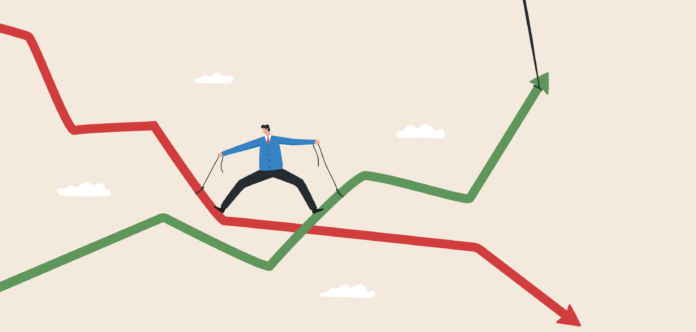The global market for active pharmaceutical ingredients (APIs) is growing steadily: valued at $222.4 billion in 2022, it is expected to grow at a compound annual growth rate (CAGR) of 7.5% per year to nearly $340 billion by 2030. According to analysts, growth will be driven mainly by the increasing prevalence of chronic diseases, particularly cardiovascular disease and cancer.
According to the WHO, if current trends continue, chronic diseases – cardiovascular, cancer, diabetes and respiratory – will account for 86 percent of the 90 million deaths each year by 2050: a “staggering” 90 percent increase in absolute terms from 2019. Not surprisingly, oncology currently accounts for 35.5% of the global pharmaceutical R&D pipeline.
While production forecasts are positive, there are many complex challenges ahead: supply chain disruptions, rising transport costs, disruption and slowdown of API production lines, and rising energy and raw material prices.
Dependency issues
The Covid-19 pandemic has highlighted the dependence of the European Union and the United States on third countries, in particular China and India, particularly in the production of active pharmaceutical ingredients. The European Parliament has already sounded the alarm, reporting that 40 percent of finished pharmaceutical products marketed in the EU come from third countries, while 60 to 80 per cent of active pharmaceutical ingredients are produced in China and India.
This relocation of part of the production of the essential components of medicines, vaccines and medical devices – “usually motivated by an attempt to reduce costs” – has a direct impact on the control of the therapies administered to patients. The Parliament also noted that the savings achieved by relocating production to third countries “are mainly due to more lax labour, safety and environmental regulations”.
European concerns
The disruption to the global supply chain caused by the health crisis has highlighted the fragility of the situation and prompted the European Union to plan some initiatives to tackle drug shortages. The new pharmaceutical legislative package includes incentives for companies that regularly supply all 27 member states.
In addition, in exceptional cases of public health emergencies, the European Commission will be able to intervene directly to coordinate the production of the most important medicines for public health.
Despite this, 18 EU countries, including Germany, France and Italy, have signed a joint document calling on the Commission to adopt further rules to reduce the Union’s dependence on raw materials produced in China and other Asian countries.
Concerned in particular about the fragility of Europe’s pharmaceutical supply chain, which has been exposed by the outbreak of the conflict in Ukraine, the governments are calling for a “last resort” mechanism for the exchange of medicines between member states and the establishment of a list of critical medicines whose supply chain must be monitored.
Medicines shortages have partly been caused by the increasing monopolisation in the market. Imagine what a pandemic, natural disaster, war or even a manufacturing glitch could mean for the world’s supply of medicines. Within the EU and with our partners globally we are now looking at ways to secure supply.
Frank Vandenbroucke, Belgian Minister for Health and Social Affairs
A problem that comes from far away
According to the Pharmaceutical Group of the European Union, more than three-quarters of member states reported worsening drug shortages in 2022, a problem that has been exacerbated by inflation, a factor that has weighed particularly heavily on generic manufacturers, who generally have lower profit margins than their branded counterparts.
The current problems, said Belgian Minister of Health and Social Affairs Frank Vandenbroucke, are part of a broader trend: while Europe still accounted for 53 percent of global production of active pharmaceutical ingredients in 2000, by 2020 that figure had dropped to 25 percent, with most production shifting to Asia, particularly China.
The problems posed by drug shortages and the need to strengthen the EU’s strategic autonomy in this area are likely to remain at the centre of political debate in the coming years. In the absence of a common European approach, Germany, France, Italy and Spain have already presented their own plans to reorganise domestic production, but fragmented action among member states would be less efficient and disadvantage smaller countries.
In this context,” concludes Vandenbroucke, “the Commission should now propose a law on critical medicines as soon as possible, building on the current momentum and developing a truly coordinated strategy at continental level: there is no time to lose.


